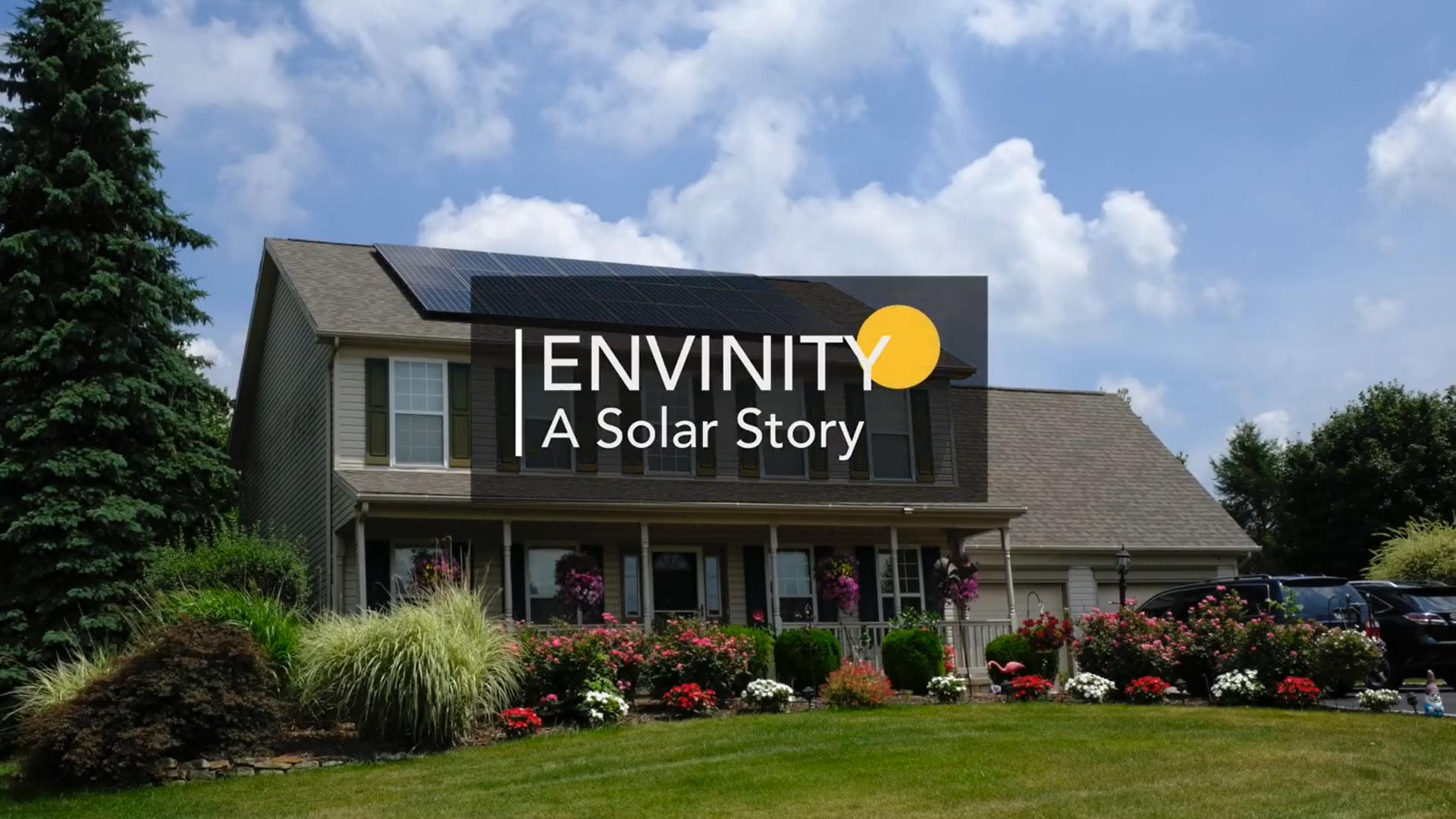
3 minute read
Understanding Factors in Energy-Efficient Construction
By Builders Association of Central PA Staff
According to research from NAHB, nearly half of home buyers are willing to invest between $1,000 and $10,000 in order to save $1,000 annually on their utility bills, and 37% are willing to spend upward of $10,000. But do prospective home owners know what an energy-efficient home is and the terminology surrounding the types of building practices and features they are looking for? Programs that measure energy efficiency include:
Advertisement
National Green Building Standard (NGBS)
ENERGY STAR
Enterprise Green Communities
Green Globes
Living Building Challenge
LEED

Envinity
An energy-efficient home is one that uses less energy than a "Our local market continues to see an influx of young, traditional home without compromising service to owners educated buyers who place a lot of value on long term and occupants. Energy efficiency can be achieved through energy costs, a healthy indoor environment, and improved thermal envelopes, solar-oriented construction, minimizing a home’s carbon footprint. As the builder, it is low-e windows and efficient appliances. up to us to stay on top of the latest building methodologies and materials to help homeowners achieve their goals, as well as our own goal in making all homes a net zero energy home. ” – Jason Grottini, Vice President of Envinity, Inc. _____________________________________________________
Three Categories of Energy Efficiency Net Zero-Energy Home
A home that produces as much energy as it uses. The energy produced by the home must meet the household’s needs. This is often achieved through renewable energy such as solar panels. To achieve net-zero energy, the home should be designed using a holistic approach that strives for efficiency and reduces energy consumption without sacrificing service or comfort.

Envinity
Net Zero-Energy-Ready Home
A home that is outfitted with the necessary structural and technological support to install energy-producing technologies in the future. Net zero energy-ready homes are appropriate for home owners who would like the option to install energy-producing technology in the future. It is also a Department of Energy program that partners with and recognizes builders and those professionals who build to specific requirements around energy savings, comfort, health, and durability.
Net Positive-Energy Home
A home that produces more energy than it needs. It is energy either produced by specific technologies or saved through energy-efficiency measures. Home owners may receive credit from their utility company for excess energy returned to the grid.
Energy Efficiency Rating Systems: Home Energy Score (HES)
This is a Department of Energy program often used for existing homes. A home receives a score of 1-10 based on its energy use, with 10 being the most efficient. As with a miles-per-gallon rating for a car, the HES is based on a standard assessment of energy-related assets to allow for easy comparisons across homes in the housing market.

Envinity
Home Energy Rating System (HERS) Index
This is a Residential Energy Services Network (RESNET) program often used for new homes. A home receives a score of 0-150 based on an energy audit and report, with a lower score indicating a more energy-efficient home. The scoring system compares your home to a home built to code in 2006, which is known as the reference home. The reference home would score a 100 on the HERS index, whereas a newer home or one built to a green standard might score a 60.
More information on high-performance sustainability and green building practices is available at nahb.org/green.
For more information on about the latest green products and building techniques available to you, contact the Builders Association of Central PA.

Envinity








